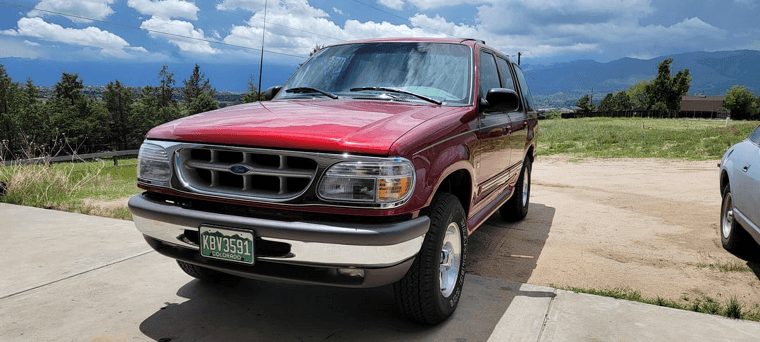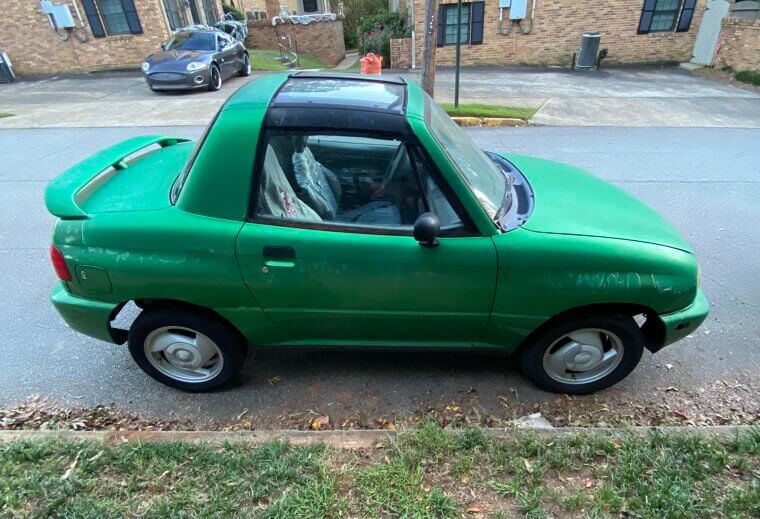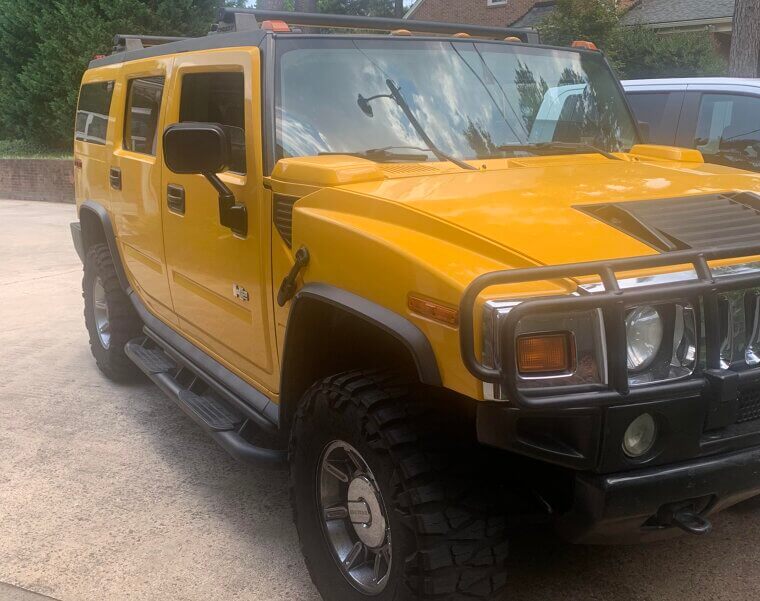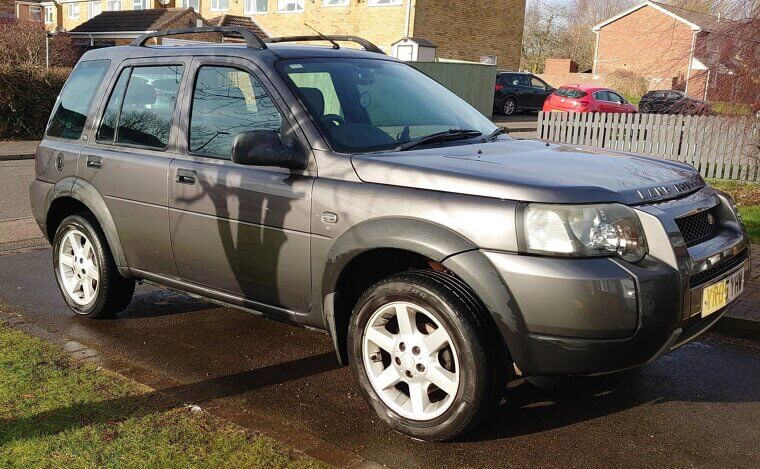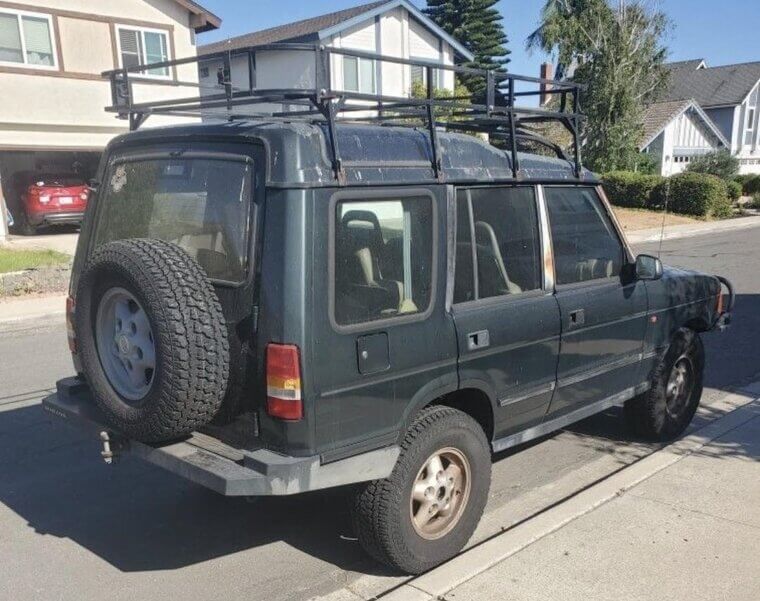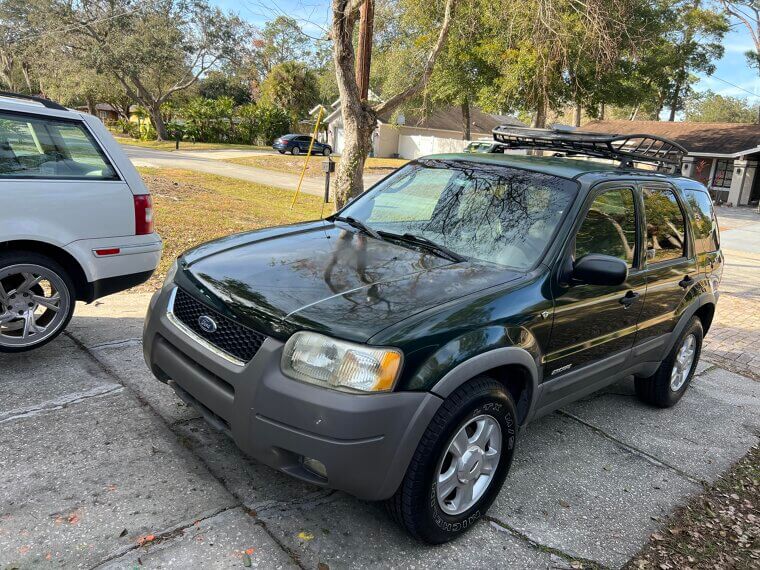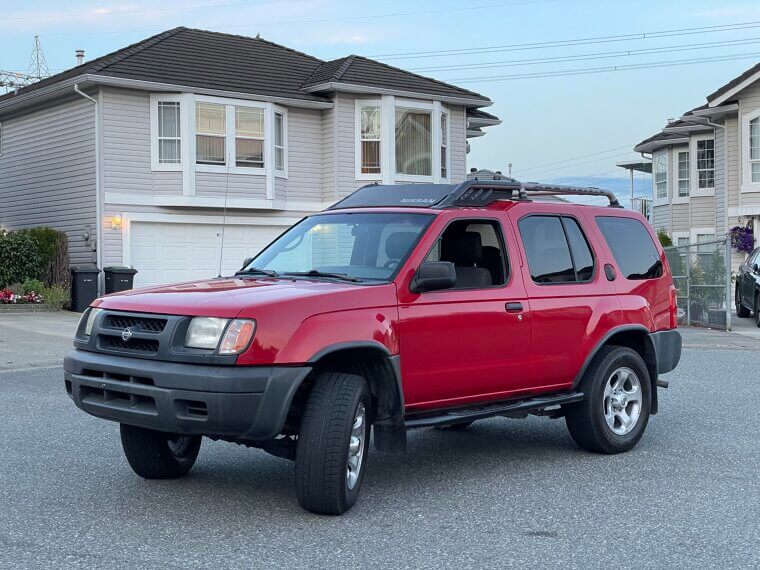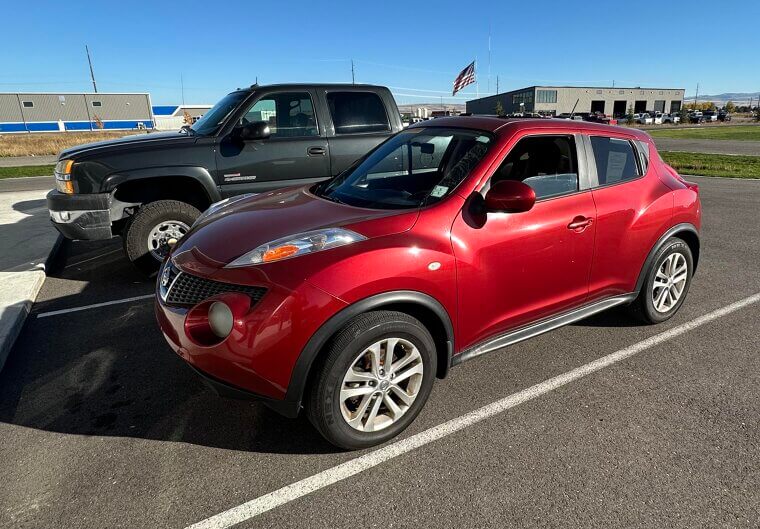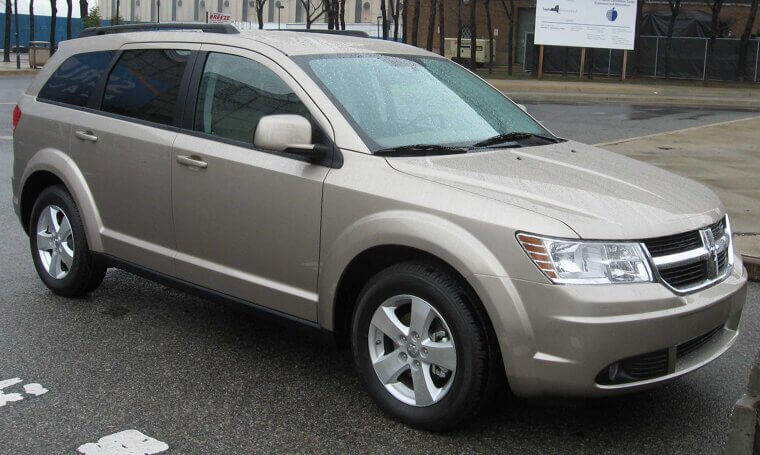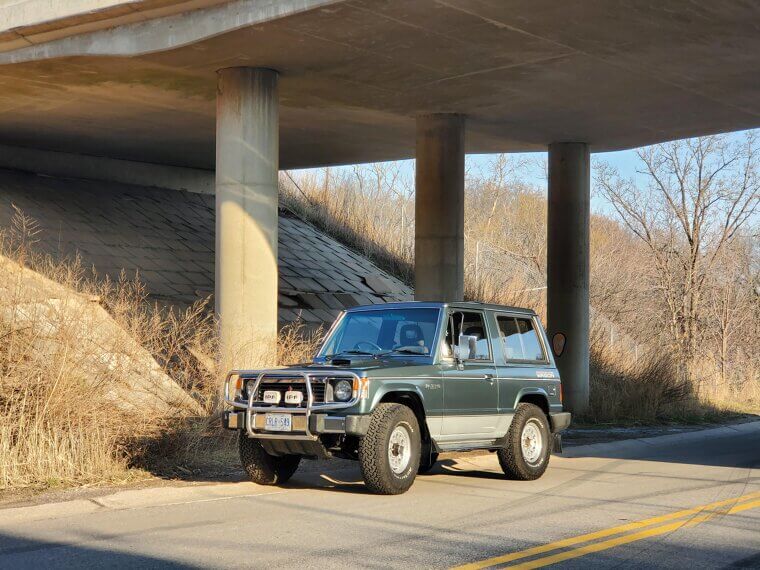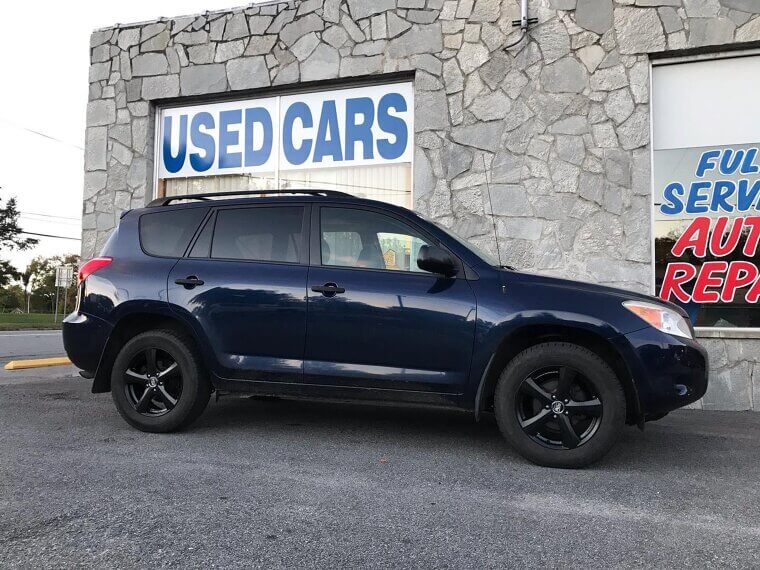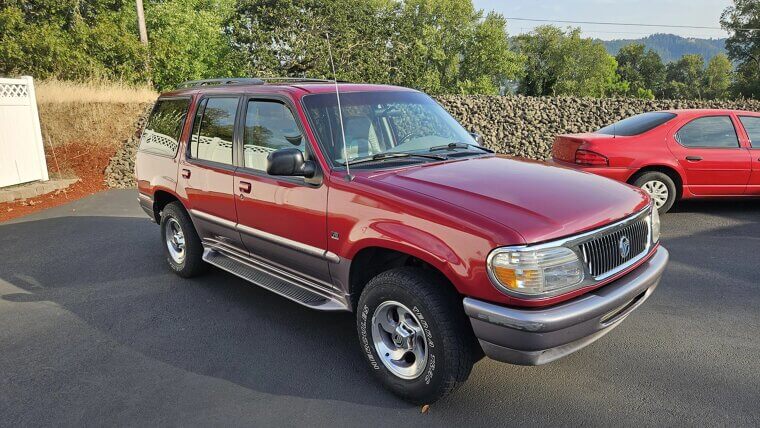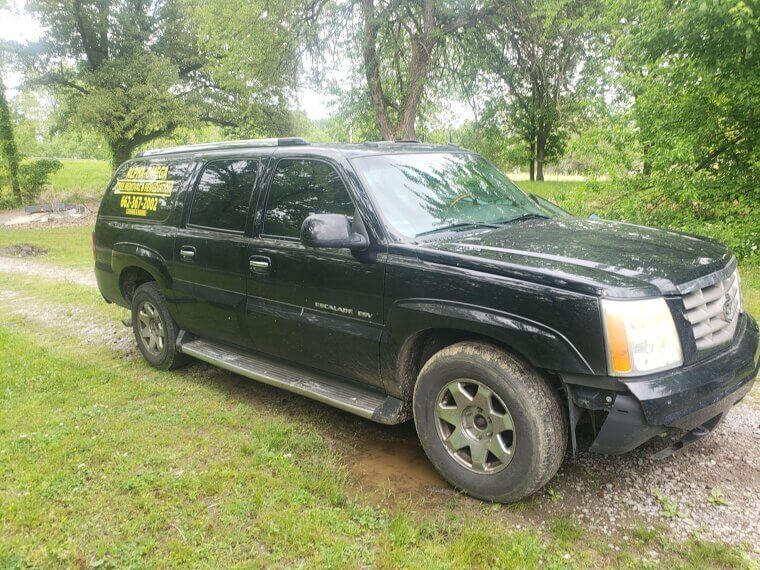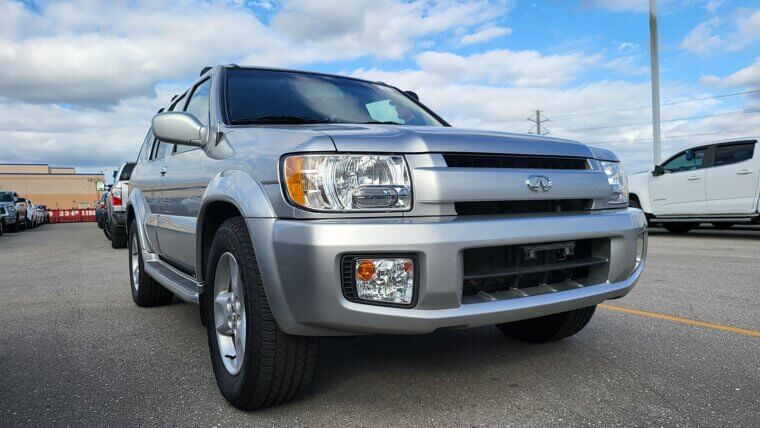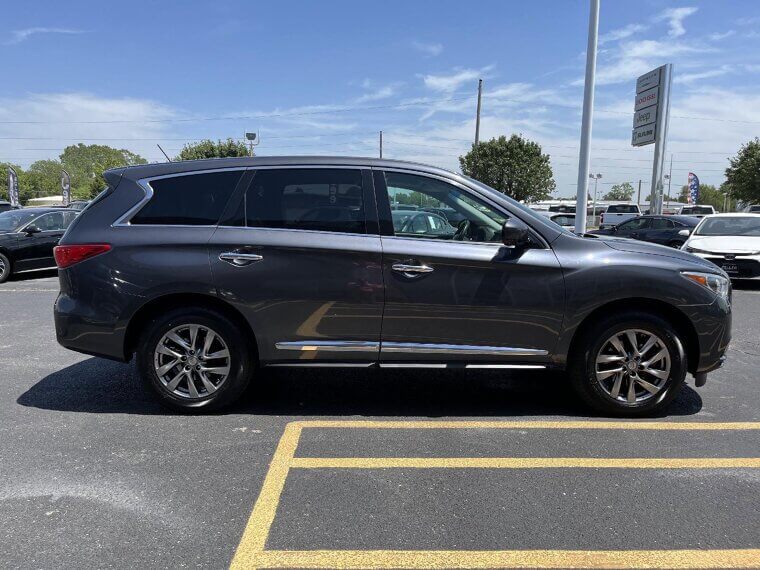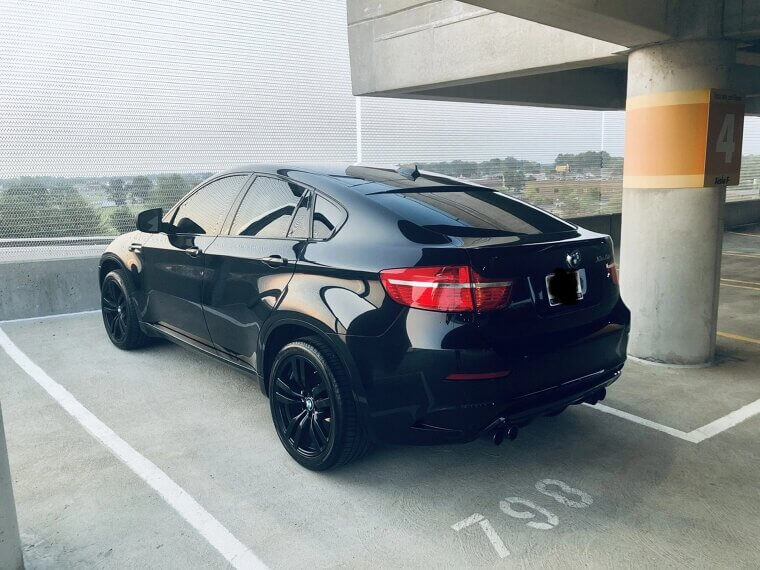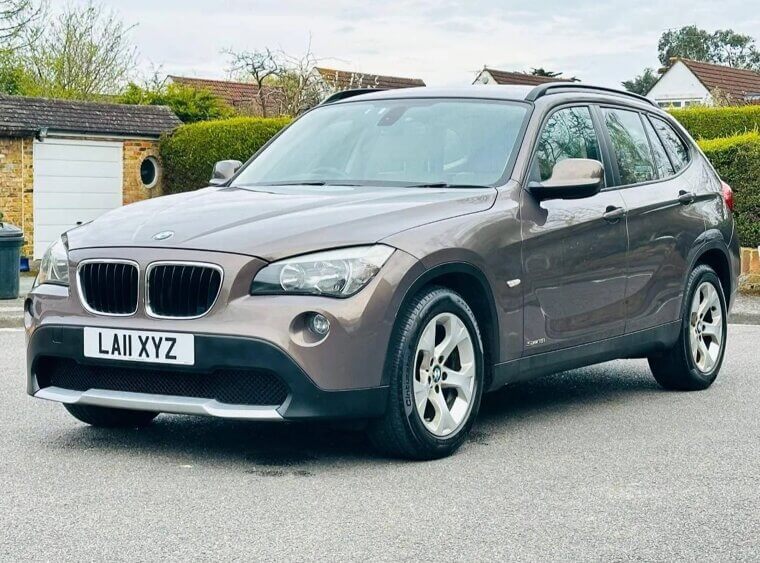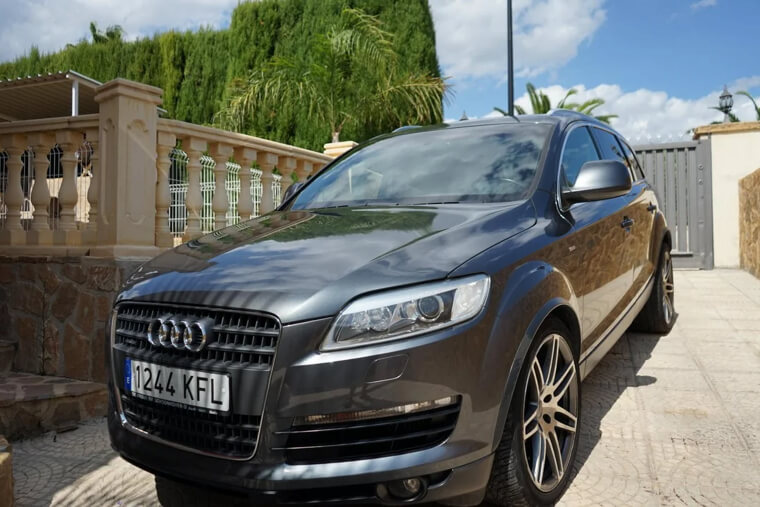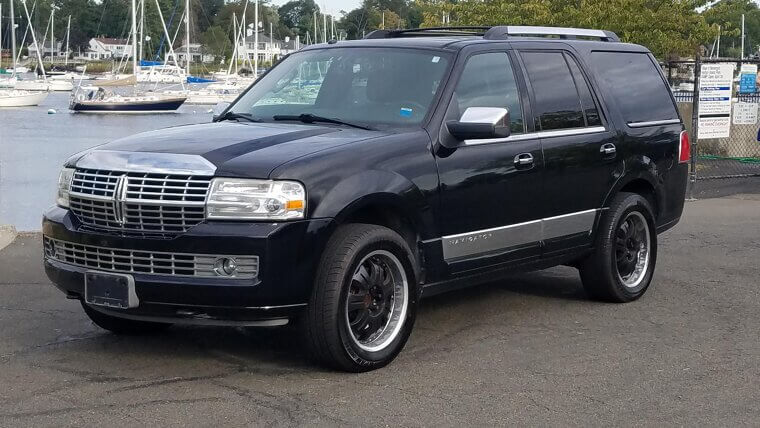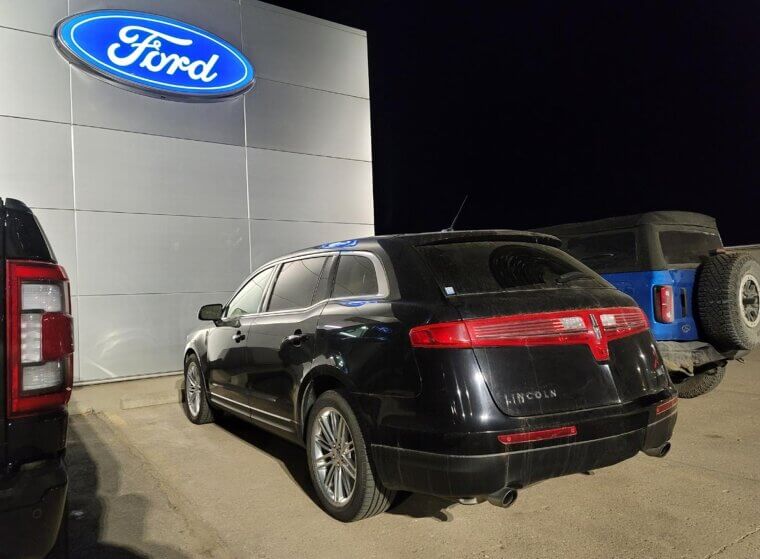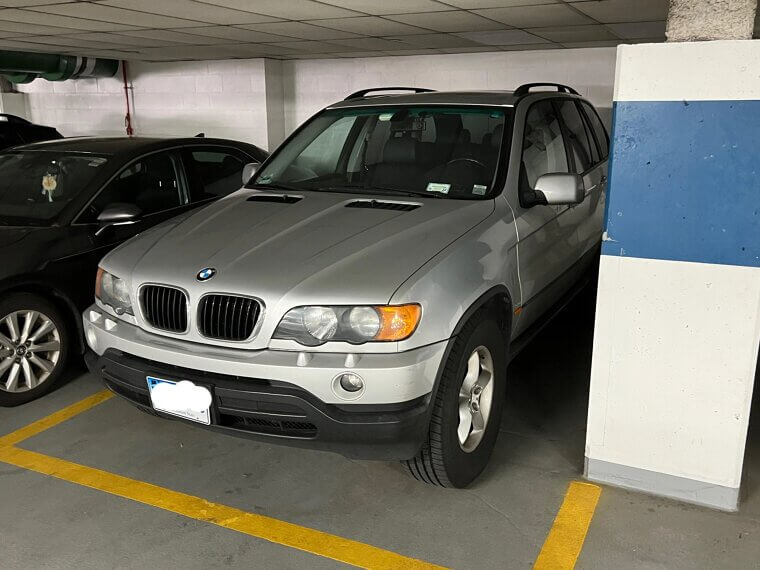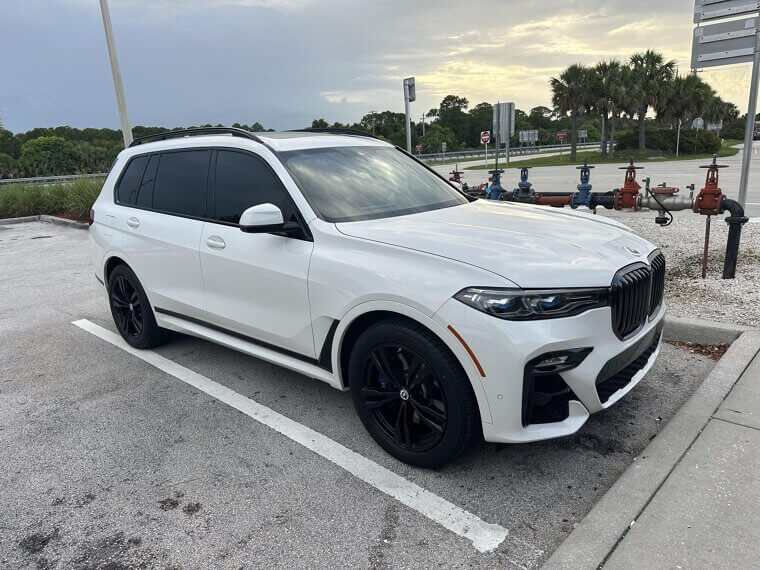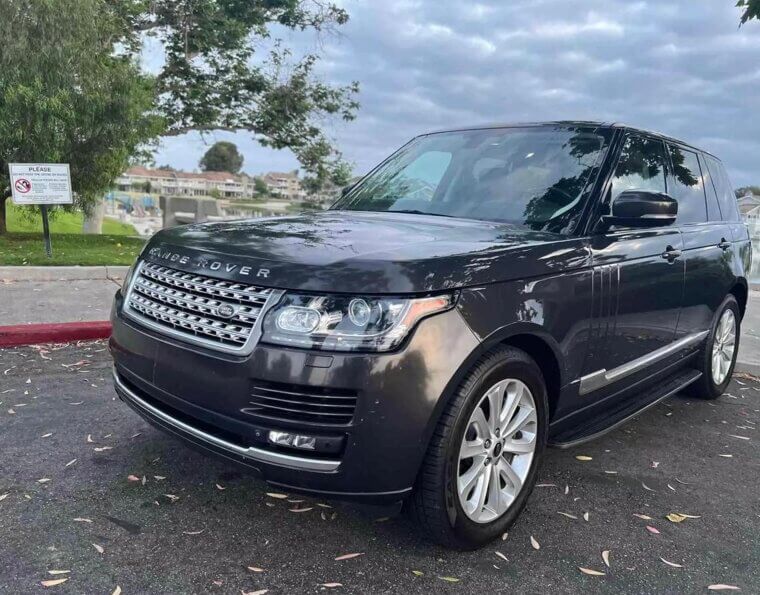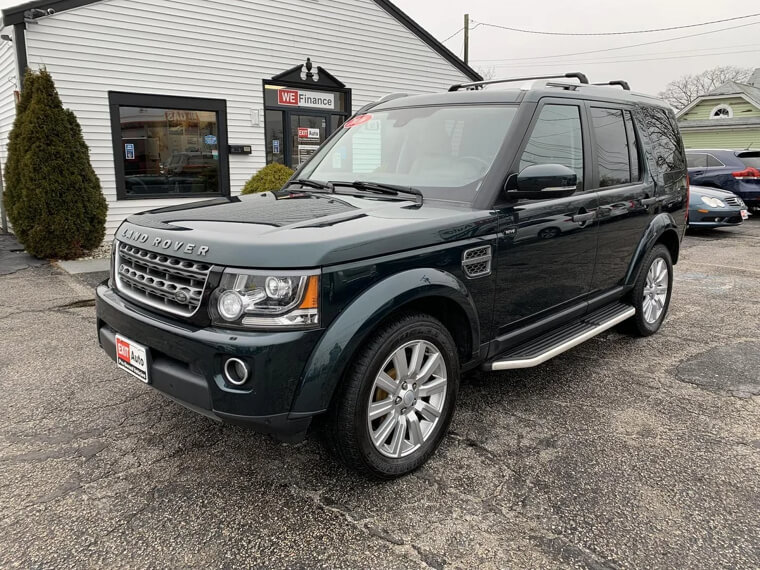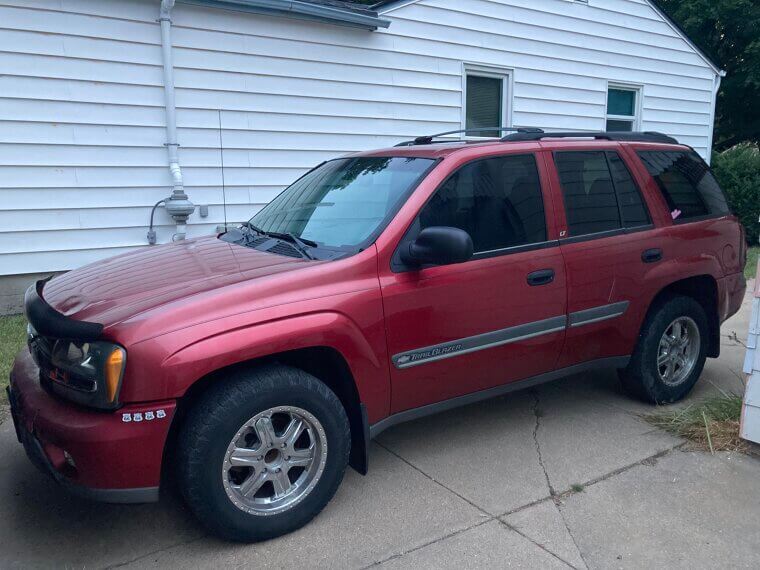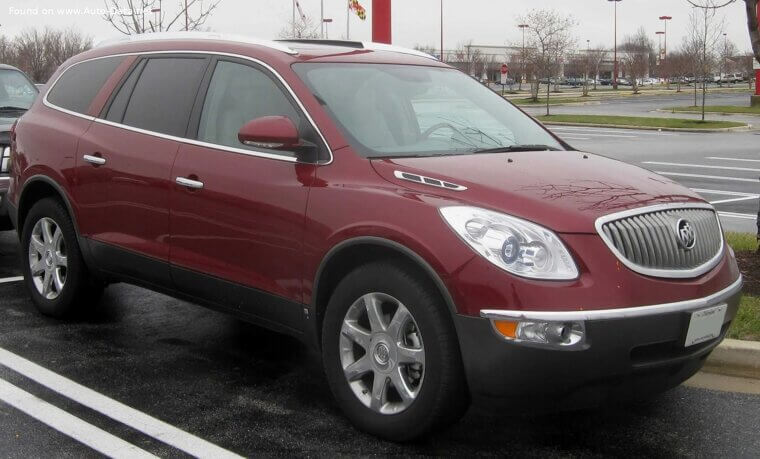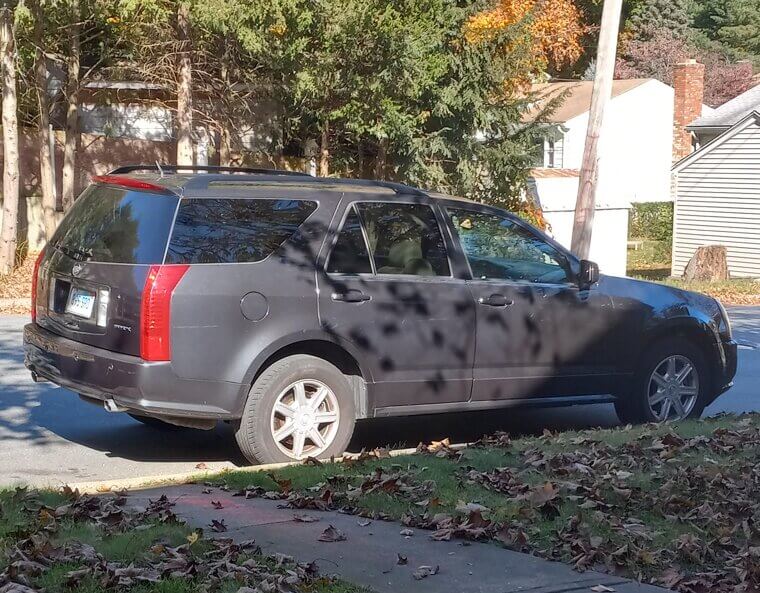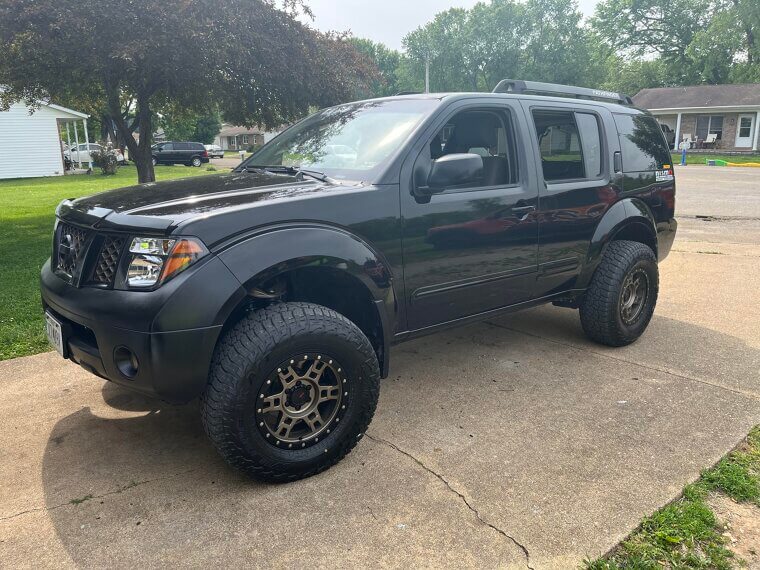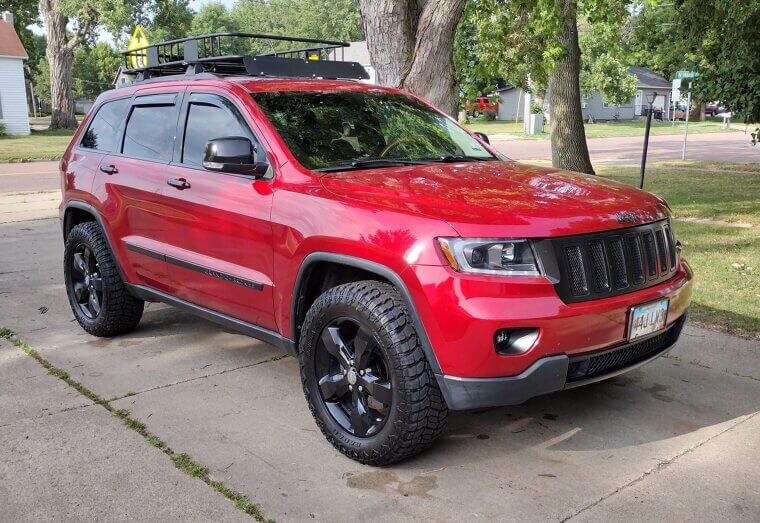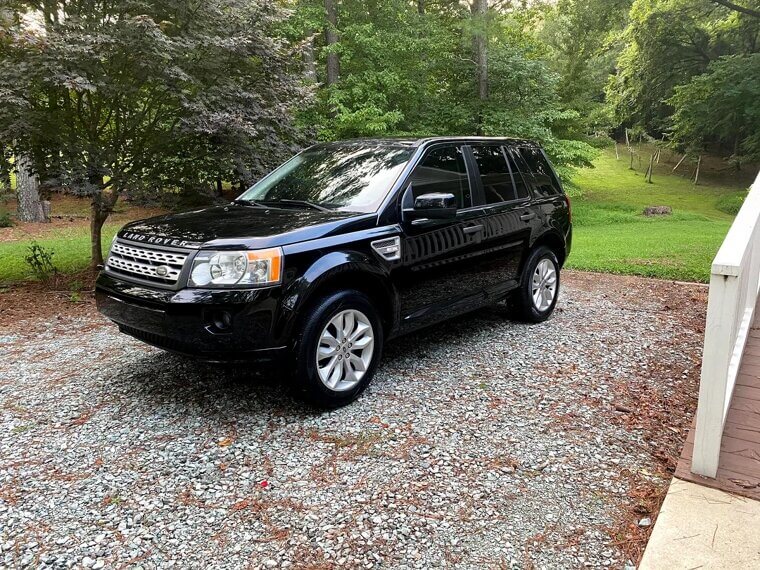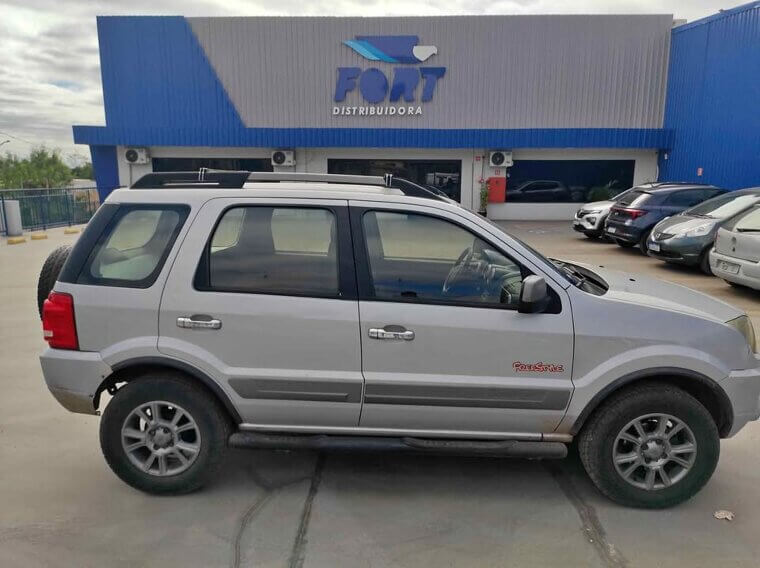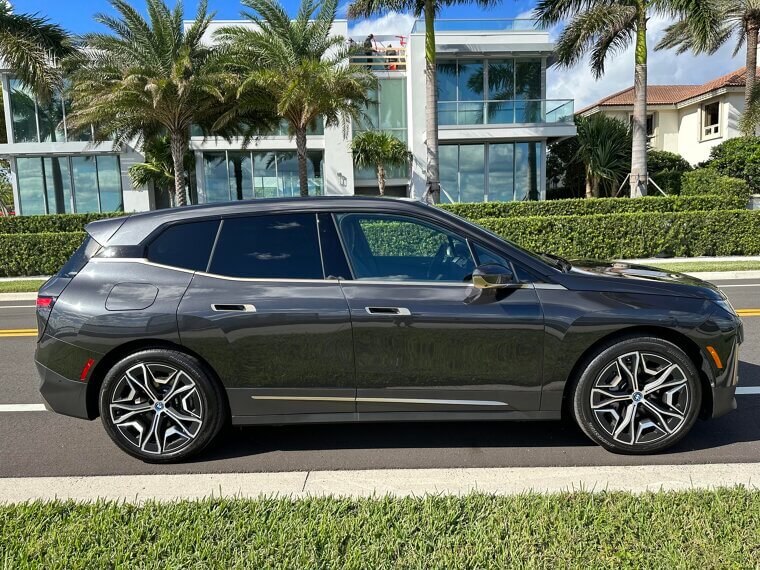These SUVS Were Once Super Popular but They Sadly Aged Very Badly
Whether you’ve got a family of five, enjoy the ability to handle both the off-road and urban environments, or just want to intimidate your fellow drivers, you can’t go wrong with an SUV - most of them, that is. Some depreciate quickly; others have too many faults to ignore - these are 35 once-popular SUVs that have aged terribly.
1996 Suzuki X‑90
When Suzuki put the X-90 out into the world, they hoped that the vehicle’s “unique” design would differentiate it from other SUVs. In a way, that’s almost exactly what it did - it turned off so many drivers that only around 9,500 models were built worldwide, and it consistently ranks as one of the worst vehicles in history.
2003 Hummer H2
Look, no one expects off-road vehicles to be subtle, but the Hummer H2 was downright excessive in its design. It was so big that it was practically undriveable if you lived in the city, and had poor fuel economy that made it undriveable pretty much everywhere else. These days, it’s remembered as a symbol of environmental oblivion.
2001 Land Rover Freelander Mk I
Unlike some of the other entries on this list, the Freelander Mk I was actually a relative success, selling in large numbers over the course of its 5-year lifespan. You’d think that with those profits, the company would be able to address the vehicle’s myriad mechanical issues and subpar off-road capabilities that betray the Land Rover brand. You’d think.
1998 Land Rover Discovery II
For a big, burly SUV from the late 90s, the Discovery II is actually a great-looking vehicle. But looks, as you know, can be deceiving. Designed to be more family-friendly, the vehicle was eventually nicknamed the “Land Porsche” and was infamous for constant head-gasket failures, failing suspension arms, and slipping cylinder sleeves.
2001 Ford Escape
The first-generation Ford Escape gets points for being a relatively affordable, entry-level SUV, but that’s pretty much all the praise we can give it. The vehicle was prone to transmission, catalytic converter, and power steering pump failures, as well as rust, ultimately making it impractical to own in the long run.
2002 Jeep Liberty
As a company, Jeep isn’t exactly known for being stylistic innovators; they make practical, rugged vehicles designed to tackle the off-road. The Liberty, therefore, should have been a fine addition to the Jeep canon with its more refined appearance, but what it made up for in aesthetic value, it completely lost in practicality.
2000 Nissan Xterra
SUVs should be, above all, reliable and dependable machines. Clearly, whoever was responsible for the Xterra didn’t get the memo. This vehicle was rust-prone from the get-go, with numerous mechanical failures to boot that ultimately drove up maintenance costs. And it didn’t help that replacement parts were notoriously expensive, too.
2010 Nissan Juke
Being a subcompact, the Juke was much smaller than many of its SUV peers, but offered unique, sleek styling as compensation. Unfortunately, that pretty exterior couldn’t mask its mechanical faults that lay beneath the skin, including CVT gearbox failures and turbo timing-chain wear that made maintenance a very expensive nightmare to live through.
2009 Dodge Journey
The Dodge Journey seemed like a fairly well-to-do vehicle on the outside, with modest stylings and a very plain silhouette. Like so many vehicles on this list, however, its appearance was the only good thing about it. Owners had to contend with overheating engines, head gasket failures, a sloppy interior, and premature brake wear.
1991 Mitsubishi Pajero
Many drivers will swear by the modest Pajero nameplate, but even they would admit that the late Mk 2 era from 1991 onwards was a travesty. The vehicle’s wheel arches were fatally prone to rust, and the fuel radiator quickly overheated. On top of that, replacement parts were impossibly difficult to source.
2006 Toyota RAV4
While popular and undoubtedly attractive, the 2006 RAV4 from Toyota was otherwise a complete disaster. In addition to head-gasket and 4WD module failures, the vehicle’s excessive oil consumption was class-action lawsuit-inducing for the company.
1997 Ford Explorer
The Explorer nameplate has always been popular, so it may surprise you to learn just how much some drivers were willing to put up with. The 2nd through 4th gen models (from 1997 to 2010) featured plastic timing-chain guides that frequently broke, leading to ominous death rattles and engine damage that the whole family could enjoy.
2002 Cadillac Escalade ESV
The Escalade is Cadillac’s own line of luxury SUVs that has seen full production since 2002. Each new model year sees some improvement over the last, but that hasn’t stopped the vehicle’s depreciation rates from plummeting due to its high numbers (it’s a popular fleet vehicle) and sky-high maintenance costs.
1991 - Present GMC Yukon XL
We’re now into that part of the list that features vehicles that aren’t bad on paper, but which ultimately have no longevity. The Yukon XL nameplate has been in use since 1991, with a new model having been released in 2025. Unfortunately, due to its prevalence as a fleet vehicle, there’s virtually no buyer interest outside this sphere, and it’s otherwise a complete money-sink.
2004 - Present Infiniti QX80
We imagine that you’d be fairly content with your purchase if you ever buy an Infiniti QX80 - that is, assuming you never plan to resell. The lack of brand awareness and Nissan’s less-than-stellar used market reputation means that the Infiniti QX80 loses a whopping 64% of its value in just 5 years.
2013 Infiniti QX60
Smaller than the previous entry but a bit more stylish as well, the Infiniti QX60 is all form and little function. It features tons of fun technological gizmos on the inside, gizmos whose appeal quickly wears off, and limited practicality everywhere else, ultimately losing up to 64% of its value in 5 years.
2007 BMW X6
Perhaps if the X6 arrived a few years later, it would have been more favorably received. Unfortunately, when it launched back in 2007, its fastback styling was a bit too dramatic for some people, ultimately killing any demand it may have had.
2009 BMW X1
Similar to the X6, the BMW X1 just couldn’t maintain consumer interest. It was nice to look at, sure, but the complex (i.e., expensive) maintenance it demanded and subpar practicality as a real SUV ultimately causes most models to lose 63% of their value in just 5 years.
2006 Audi Q7
When has Audi ever made a bad-looking vehicle? The Q7 looks fantastic, but most consumers simply weren’t willing to put up with the vehicle’s air suspension failures, gearbox oil-line leaks, and shoddy infotainment system that glitched more often than it worked.
2007 Lincoln Navigator L
Despite the luxury that the Lincoln brand name typically evokes, the Navigator L’s excessive issues and expensive electronics and air-ride technology make for a less-than-luxurious experience for owners. The vehicle loses a whopping 65.7% of its value over 5 years - among the worst SUV resale values today.
2010 Lincoln MKT
The Lincoln MKT is certainly distinctive with its unique front-end appearance, but its awkward profile and silhouette make it unattractive to most buyers. Its resale value drops a whopping 66.1% over 5 years, and used market interest remains scarce.
2003 BMW X3
The BMW X3 began life as a rival to Subaru, but folks quickly realized that it wasn’t much of a contender once they got behind the wheel. Its unreliable electronics and shoddy transmission were the main causes of grief, ultimately causing its resale value to plummet.
2018 BMW X7
The X7 is BMW’s largest SUV to date. Unfortunately, its big size also equates to big problems, notably its excessive fuel consumption and the expensive cost of maintenance, all of which ultimately killed any hype it may have had.
2013 Land Rover Range Rover
Blasphemy! The Range Rover nameplate has been consistently popular since the 70s, frequently cited as one of the best SUVs. Unfortunately, from 2013 onwards, its luxurious complexity and pricey maintenance costs ultimately caused it to age badly.
2013 Range Rover Sport
The performance-oriented cousin of our previous entry, the Sport unfortunately suffers from many of the same issues, including constantly overheating engines and expensive maintenance costs.
2009 Land Rover LR4
We promise that we don’t have a vendetta against the Land Rover brand, but it deserves to be said that the LR4 is just one expensive maintenance issue after another on wheels.
2002 Chevrolet TrailBlazer
The 2002 TrailBlazer was built on a reliable Chevy platform, but it simply couldn’t sustain itself in the long run. In addition to rust issues and poor fuel economy, the TrailBlazer was eventually discontinued, ultimately killing any interest it had.
2008 Buick Enclave
The Buick Enclave was essentially a more spacious alternative to the GMC Acadia, but that’s pretty much all it really had to offer. AWD system leaks and constant overheating ultimately ruined its image.
2004 Cadillac SRX
Though Cadillac certainly took some risks when it came to the SRX’s design, what ultimately killed the vehicle was its 4.6 L V8, which was expensive to service, with resale values dropping some 55% over just 5 years.
1997 Ford Expedition
The Expedition, unfortunately, fell victim to the same fate as many other SUVs: there were simply too many of them to go around, causing resale values to plummet up to 60% in just five years.
2005 Nissan Pathfinder
The Pathfinder was once a fantastic alternative to Toyota and Jeep models, but the third generation of the nameplate just had too many issues to really ignore.
2011 Jeep Grand Cherokee
The 2011 Grand Cherokee came with a bold redesign - that pretty much nobody asked for. This came in addition to leaking LED lights and diesel emission issues that killed its resale value.
2007 Land Rover LR2
Its bold, attractive styling couldn’t hide the LR2’s issues, which included the same electrical/transfer-case faults as the Mk 1. It became one of the worst-selling vehicles in the brand’s history.
2012 Ford EcoSport
The 2012 EcoSport was a class-action nightmare for Ford, mainly due to its PowerShift dry‑clutch, whose issues included jerking, stalling, loss of reverse, and ABS faults.
2022 BMW IX
The iX is one of the newest SUVs on this list - and an EV to boot - that opened to fantastic reviews, but which is already projected to lose up to 70% of its value in 5 years due to limited charging infrastructure and software issues.

